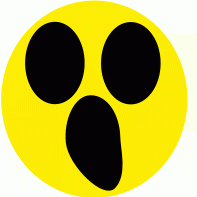how to properly use a 28
-
Recently Browsing 0 members
- No registered users viewing this page.
-
Similar Content
-
- 4 replies
- 276 views
-
- 119 replies
- 7,423 views
-
- 3,214 replies
- 154,012 views
-
- 1 reply
- 331 views
-
- 5 replies
- 459 views
-





Recommended Posts
Join the conversation
You can post now and register later. If you have an account, sign in now to post with your account.
Note: Your post will require moderator approval before it will be visible.